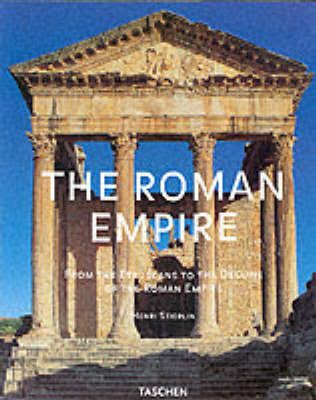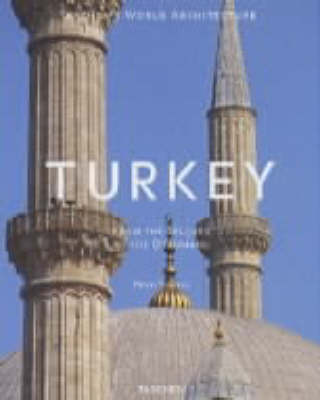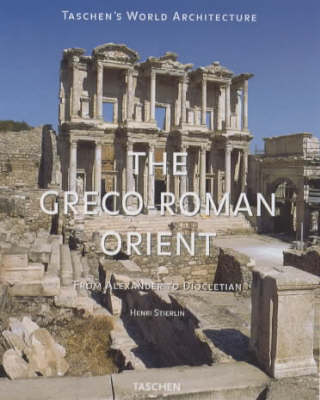Taschen's World Architecture S.
5 total works
From the superb mausoleum of Mausolus in Halicarnassus, stop by the shrine to Apollo at Delphi with its famous oracle, or pass through the imposing Lion Gate in Mycenae. This "picture book journey" takes us through all the important architectural sites in ancient Greece. "Noble simplicity, quiet proportions" was how the distinguished archaeologist Johann Joachim Winckelmann once described Greek culture, and the beauty of classical art certainly lies in its simplicity. This book is a comprehensive introduction to the architecture of perfect harmony and proportion, and a journey into the splendid art of the Mediterranean.
The author and editor Henri Stierlin has based his presentation of these most remarkable examples of Mayan architecture on the latest findings from excavations in Mexico, Guatemala, Honduras and Belize. Cities have been rediscovered in the depths of the rain forest, along with soaring pyramids, mysterious tombs, palaces with frescoes and steles. Particularly intriguing is the fact that, although this very advanced civilisation evolved completely separately from that of the "Old World", the architectural parallels are astonishing. Only very recently has it been possible to decipher Mayan hieroglyphics to any great extent. This new research is used to full advantage by this volume as a key to unlock the mystery of Mayan architecture.
Monumental in scale and technically highly developed, the architecture that produced the forums, baths, and aqueducts of the Roman Empire still dazzles us today. This volume deals with Roman architecture in Italy, France, Spain, the Rhineland and North Africa. Starting with Villanova and Etruscan culture, it includes the major buildings of the late Roman Republic and principally those of the Empire. Pompeii, the Golden House of Nero, Hadrian's Villa at Tivoli, and the Diokletian baths among many more, are considered. This volume describes an architectural history that interprets the entire Roman culture rather than merely describing its buildings, offering a new and exciting contribution to the history of Roman Architecture.



